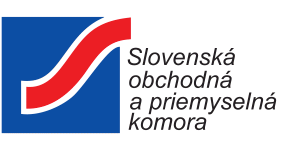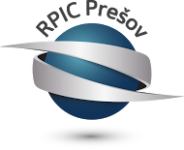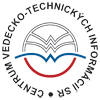Summary:
A small UK company has patented and conceptualised in detail a system for removing up to 97% of pollution at idling/slow moving traffic hotspots. It utilises existing components and is economical to install. Cities/authorities, brands and environmental groups are sought for licensing and commercial agreements with technical assistance, but also plastic pipe producers for manufacturing agreements.
Description:
Harmful pollution generated by stationary or slow moving vehicles at junctions and traffic congestion points has become a globally highlighted topic. There’s a growing body of evidence on the effect of these hotspots on the health of pedestrians, motorists and the neighbourhood. There are cases of ill health among drive-through restaurants’ staff. Cities and businesses are now taking measures such as creating low and ultra low pollution zones, banning parking at school gates, banning new drive-through restaurants etc. Usually these have no effect other than diverting traffic to a different place.
A small UK company has patented and developed in detail a concept that is perhaps as expensive as changing traffic signs around the block, but which actually makes a difference.
The picture shows a system (in blue) that effectively “sucks in” the polluted air from above and cleans it. A series of pipes is installed into the carriageway on either a new or existing road within linear or slot drainage channels i.e. D400 or F900. All materials used are pre-approved for road use. The channels are installed to either side of the running lane. Slow moving and or stationary vehicles straddle the channels, they are also able to be cycled, walked and driven over as they are flush with the surface and present no hazard. Two channels between 1m and 1.2m are cut to capture fumes from exhaust pipes located on the left, centre or right side of vehicles. These channels house pipework which extracts the polluted air into a kerbside cleaning unit. The model was subjected to computational fluid dynamics analysis and the results look very promising. The air that leaves the kerbside unit has had up to 97% of all vehicle pollution removed, including NOx, CO, O3 and hydrocarbons, and also particulate matter (PM1 - PM10) including brake dust. The roadside air cleaning unit utilises a series of panel filters and activated carbon filters to achieve this. The noise level of the unit is similar to an idling car. All filters used are cleanable, recyclable and reusable.
The air cleaning unit needs to be serviced once in 6…18 months but the cabinet can be used as an advertising board so the cost will be offset.
The UK company needs different types of partners for different types of tasks.
Cities, authorities and businesses are sought for test sites, to install the technology under commercial agreements with technical assistance. Licenses will be offered to brand owners or environmental groups, who would want to set up such clean spots, promoting healthy urban living and themselves in the process. Manufacturing agreements are sought with plastic pipe manufacturers.
Type (e.g. company, R&D institution…), field of industry and Role of Partner Sought:
Type of partner sought: cities, authorities, industry, NGOs.
Role of partner sought: the UK company is very flexible with regards to routes to market. The whole IP and know-how can be transferred to businesses or organisations willing to set up operations around the concept under a licensing agreement. These can be brand owners, environmentalists etc. The UK company offers installations under commercial agreements with technical assistance. Plastic pipe manufacturers are sought to modify an existing product under manufacturing agreements.
Stage of Development:
Concept stage
IPR Status:
Patent(s) applied for but not yet granted
External code:
TOUK20201015001








